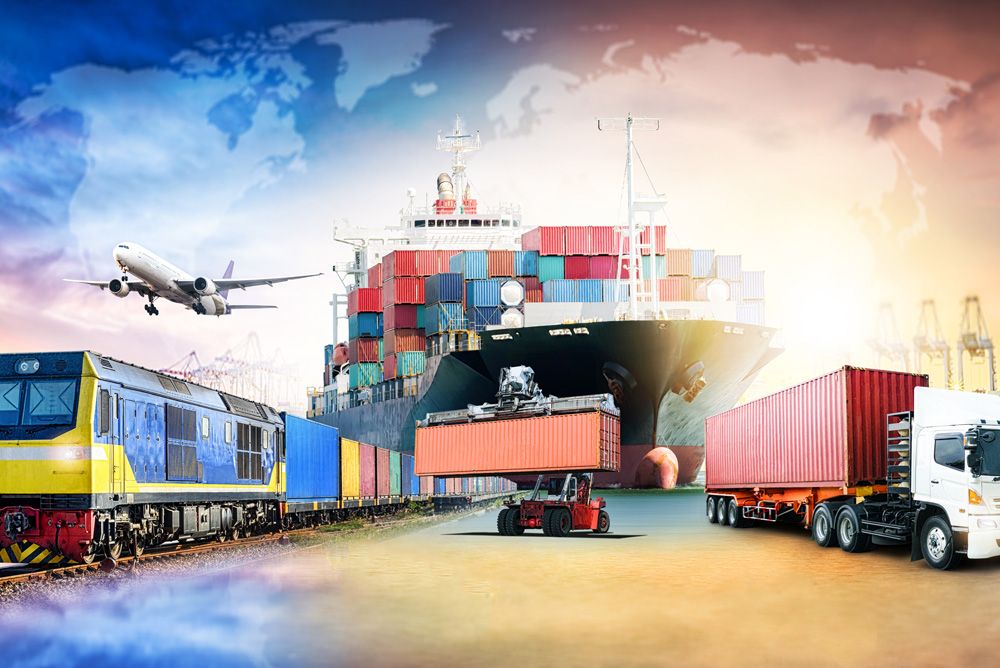In today’s rapidly evolving tech industry, having a distribution strategy that ensures global reach is crucial for success. As technology continues to connect people worldwide, companies need effective plans to reach their target audience no matter where they are located. This article explores some key distribution strategies that tech companies can implement to achieve global reach.
Understanding the Global Market
Before delving into distribution strategies, it is important to understand the global market landscape. Conducting thorough market research will help tech companies identify target demographics, preferences, and behaviors across different regions and cultures. By understanding these nuances, companies can tailor their distribution strategies to align with local preferences, ensuring greater success in accessing global markets.
E-commerce Platforms
One effective distribution strategy for global reach is leveraging e-commerce platforms. These platforms provide a digital marketplace that allows tech companies to sell their products or services to customers across the globe. By establishing partnerships with popular e-commerce platforms in different regions, companies can tap into existing customer bases and leverage their distribution networks. Additionally, optimizing product listings with relevant keywords, high-quality images, and compelling descriptions can further enhance visibility and sales on these platforms.
Localized Marketing and Localization
Another vital strategy is localized marketing and localization efforts. Tech companies should create marketing campaigns that resonate with target audiences in different regions. This involves adapting messaging, design, and even language to suit local preferences. By tailoring content to local customer needs and cultural norms, companies can significantly increase brand awareness, trust, and ultimately drive sales. Localization efforts should extend beyond marketing materials to include localized versions of websites, mobile apps, and customer support channels.
Establishing International Partnerships
Forming strategic partnerships with local distributors or retailers is an effective way to expand global reach. By leveraging the existing distribution networks and local expertise of these partners, tech companies can quickly penetrate new markets. When selecting partners, it is crucial to ensure alignment with company values, product quality standards, and customer service. Regular communication and collaboration with partners also help streamline operations, resolve any distribution challenges, and maximize growth opportunities.
Optimizing Supply Chain and Logistics
To achieve global reach, tech companies must optimize their supply chain and logistics processes. Streamlining transportation, warehousing, and order fulfillment is crucial for efficient distribution. Embracing automation and utilizing advanced inventory management systems can significantly improve scalability and reduce costs. Additionally, offering multiple shipping options, tracking visibility, and implementing efficient reverse logistics processes enhance customer satisfaction and trust, thus ensuring long-term success in global markets.
Continuous Innovation and Adaptability
In the dynamic tech industry, continuous innovation and adaptability are essential for maintaining a competitive edge in global markets. Tech companies should regularly assess market trends and customer feedback to identify new opportunities and evolving preferences. By staying agile and responsive, companies can quickly adapt their distribution strategies to align with changing consumer demands and market dynamics, ensuring sustained growth and relevance on a global scale.
With the increasing connectivity and globalization of the tech industry, establishing effective distribution strategies for global reach is critical. By understanding the global market, leveraging e-commerce platforms, implementing localized marketing, forming international partnerships, optimizing supply chain and logistics, and continuously innovating, tech companies can successfully navigate the challenges of expanding their reach across borders.



